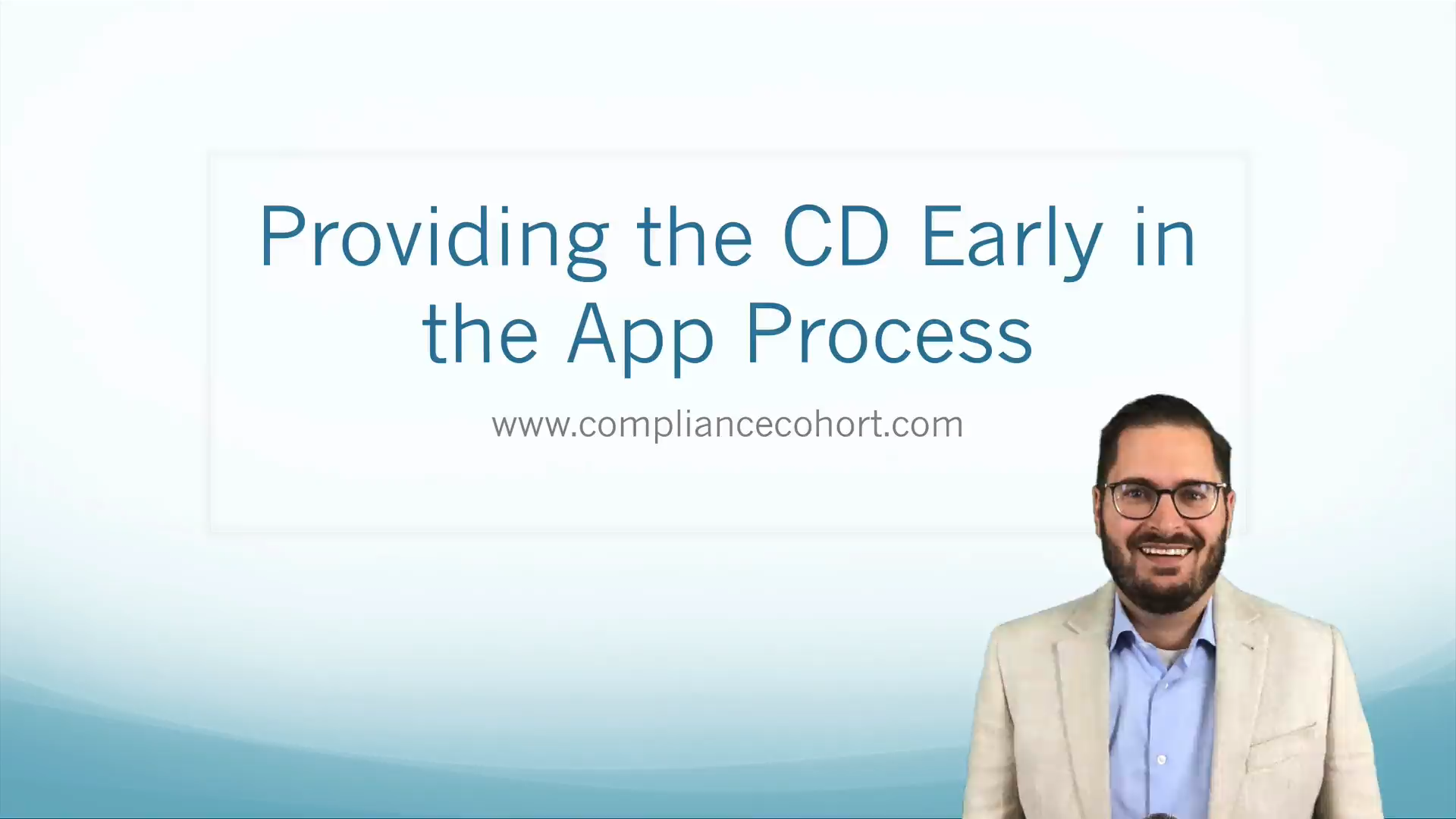On 9/30/2020, the Office of the Comptroller of the Currency rescinded their “Truth in Lending Act” booklet from the Comptroller’s Handbook and instructed examiners to rely on revised interagency procedures. In their release, the OCC explains that the FFIEC has adopted revised interagency examination procedures for the Truth in Lending Act and the revised interagency procedures reflect amendments to Regulation Z published in the Federal Register through May 18, 2018.
Welcome to the Compliance Cohort. We are a group of compliance professionals working to make compliance easier. Our goal is to take complex compliance concepts and put them in simple terms that apply to the real world. We are glad you have found us and look forward to collaborating in the future.
If you haven't done so already, make sure you sign up for our free membership where you get access to many member-only videos, articles, and other resources.




